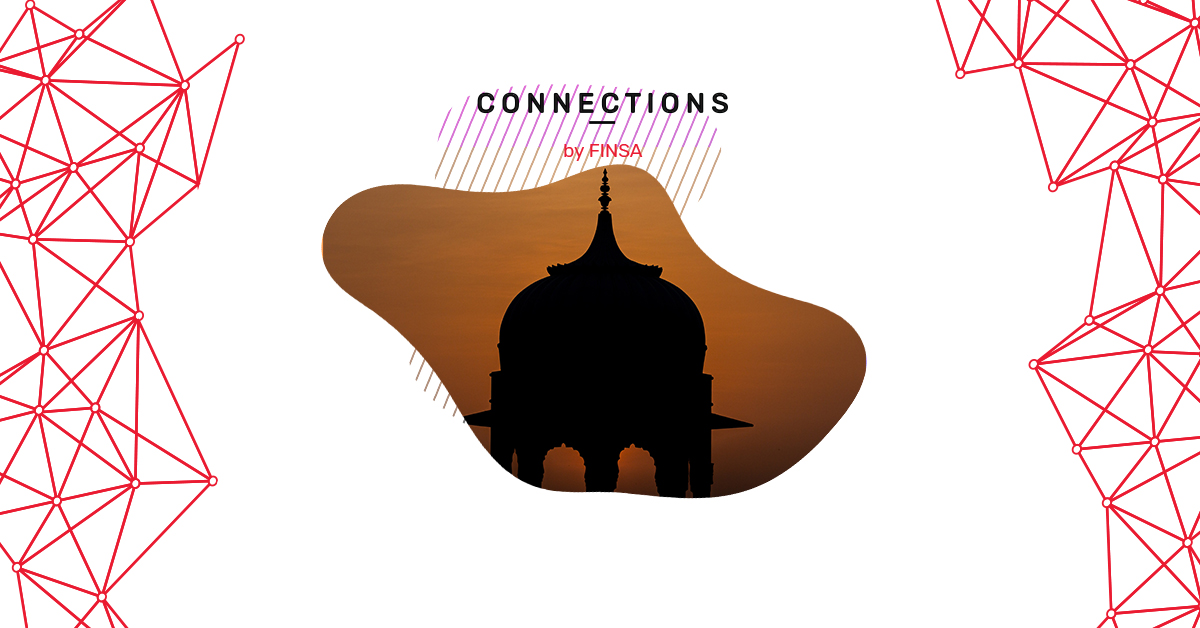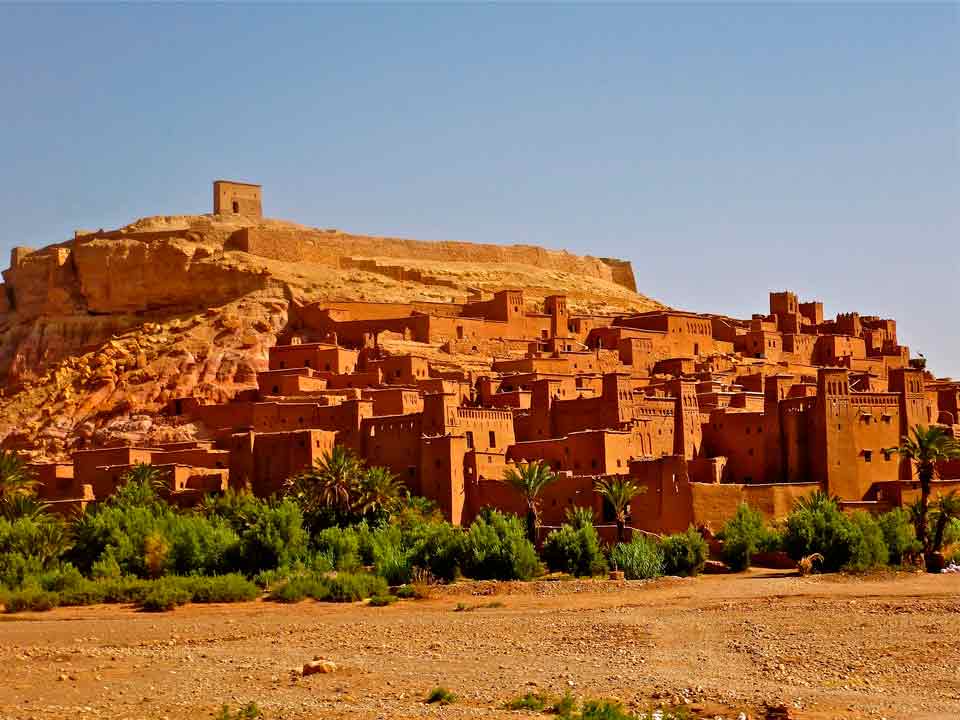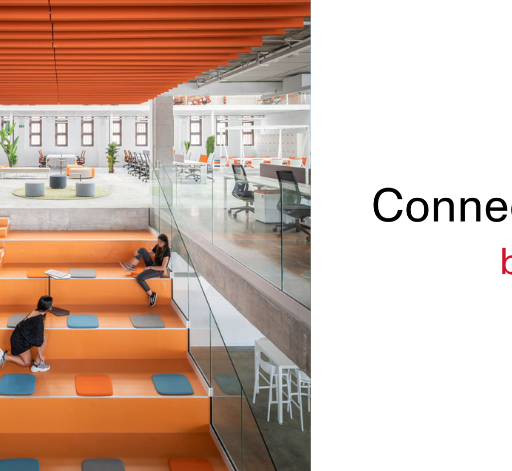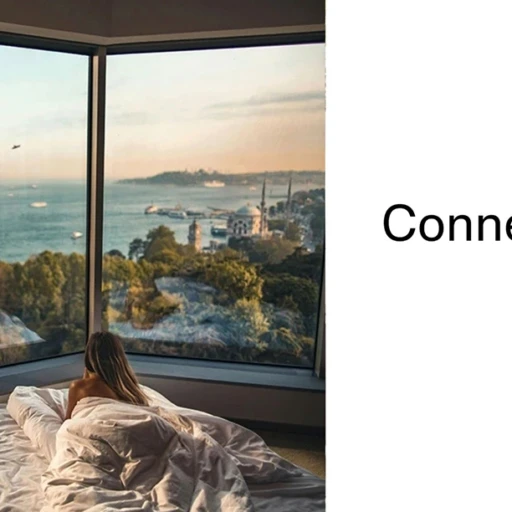Many decisions about the design and layout of a building depend on the climate they are in. A structure in a mild climate will have different characteristics to one situated in an area with high temperatures. We’ve already look at very wet climates and icy ones. Today we turn our attention to dry climates.

Structures in dry climates
The most arid climates are found in places like West Africa, the Andes, Mexico, and the Gobi Desert. These regions experience high temperatures year-round, with an average temperature of about 20 degrees. They are mostly found near the Equator, meaning they receive more sun than other places.
Hot, arid climates are therefore characterised by blinding sun and excessive heat. There is very little rainfall and a greater difference between temperatures during the day and those at night, as low humidity levels and a lack of cloud cover mean that the sun heats the ground during the day, but this heat dissipates very quickly at night.
In these conditions, people need refuges that can protect the inhabitants from the discomfort they would otherwise experience. Homes in these areas are often shared structures that provide mutual protection, such as massive adobe structures.

Unlike structures found in tropical climates, the walls of a building in an arid environment are more important than the ceiling. Structures are often built along the east-west axis to reduce the amount of heat hitting the external walls in the morning and at sundown and to capture the sunlight during winter. Taking advantage of airflow is also very important.
Materials used for architecture in dry climates
There is a big difference in temperature during the daylight hours and the nighttime in these climates. This means that materials with a lot of thermal inertia are used to reduce the impact of this fluctuation. There are three main materials used for these structures:
- Stone: a locally sourced material that is very durable, resistent, and is an exceptional thermal insulator
- Adobe: a great termal insulator that also stops the heat from getting in during the daylight hours.
- Dry or baked clay: support a flat earthen roof
Bioclimatic houses: a solution for harsh conditions condiciones duras
Adapting the architecture to suit the environment is a smart decision because it is more effective and environmentally friendly. Bioclimatic houses have been around for hundreds of years, but new artificial materials and the emigration of thousands of people to big cities have meant they had fallen by the wayside. The need to build structures quickly and cheaply in order to house growing populations in cities has become the main goal. Nevertheless, the wisdom of ancient construction techniques is making a comeback, perhaps because it is common sense to work with the elements.
The change in temperature that the planet has experienced over time has meant that new architectural solutions are needed. Almudena Espinosa, who holds a doctorate in Architecture from the University of Zaragoza, explains that “older buildings, those built in the 1940s and 1960s, were built for an unusual climate event and have two to three centimetres of insulation. Now a new building needs ten centimetres of thermal insulation. New builds and refurbished older buildings must be ready for the new climates we are experiencing, which are very extreme. The ideal situation would be a building that works in the same way our bodies do, generating heat when they’re cold and cooling down when they’re hot”.
Recommendations for architecture in dry climates:
Although Spain’s climate cannot be described as extreme, regions such as Murcia, Alicante, and Almería do have extreme elements. Espinosa says that “if we use bricks for the exterior [in dry conditions], they should be light in colour. Dark colours can get very hot in the summer and could mean that the 40-degree temperatures we experience outside are experienced inside, too”. The most important thing is to look at how well a material can protect you from the cold and the heat or, if that’s not possible, the type of additional elements that can do that.
In summary, there are four main recommendations when building in a dry climate:
- Protect the building from the sun and hot wind as much as possible. One option is using thermal insulation in the roof and the walls.
- If possible, include courtyards filled with plants, because this will help cool things down and retain cool air at night.
- Protect the windows using vegetation, blinds, or curtains.
- Choose a light colour for the façade.
Read our other articles in our series on architecture in extreme climates: building in humid conditions and building in icy conditions.




